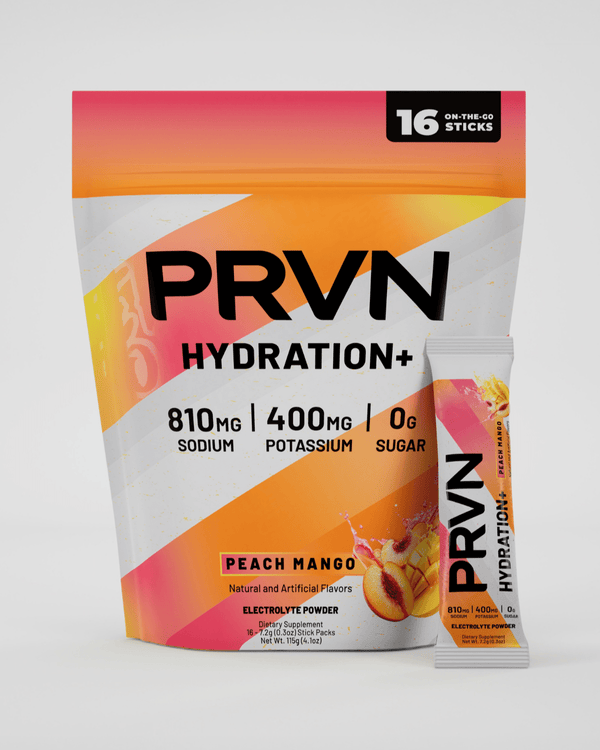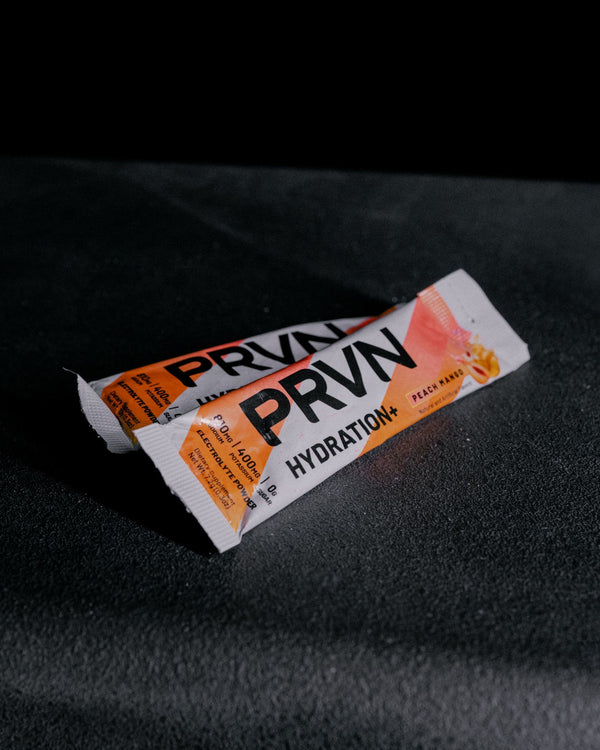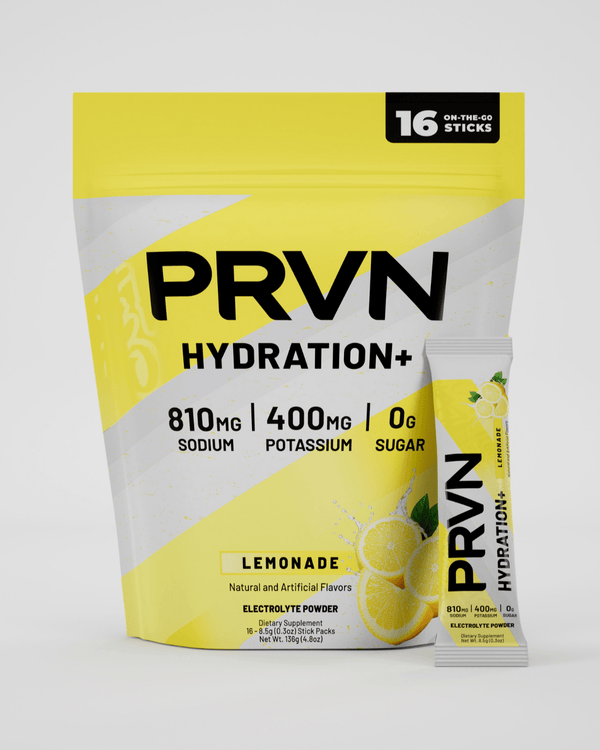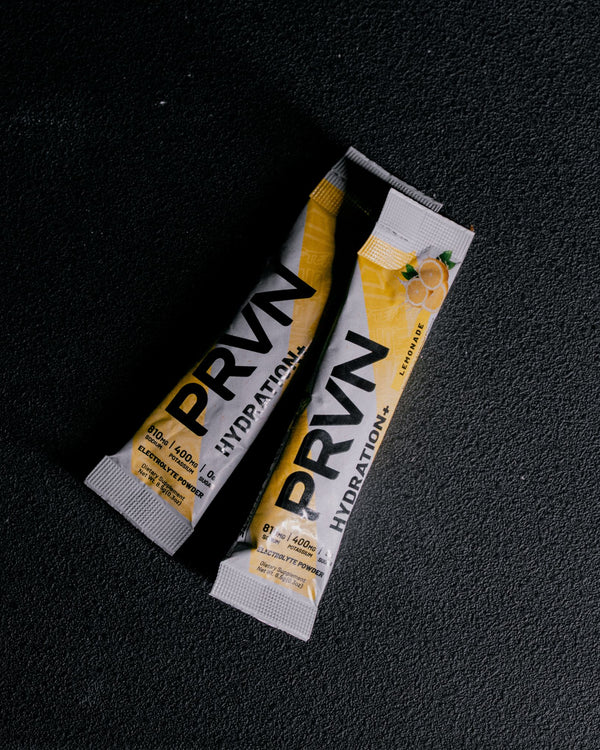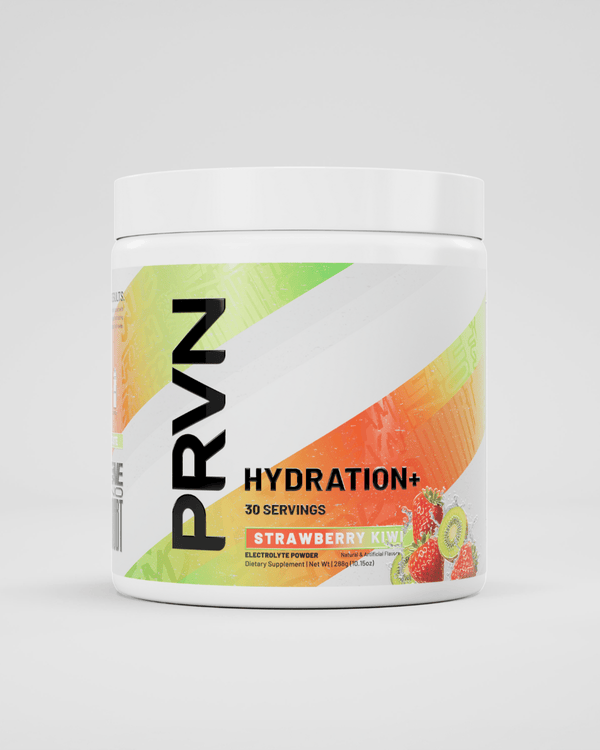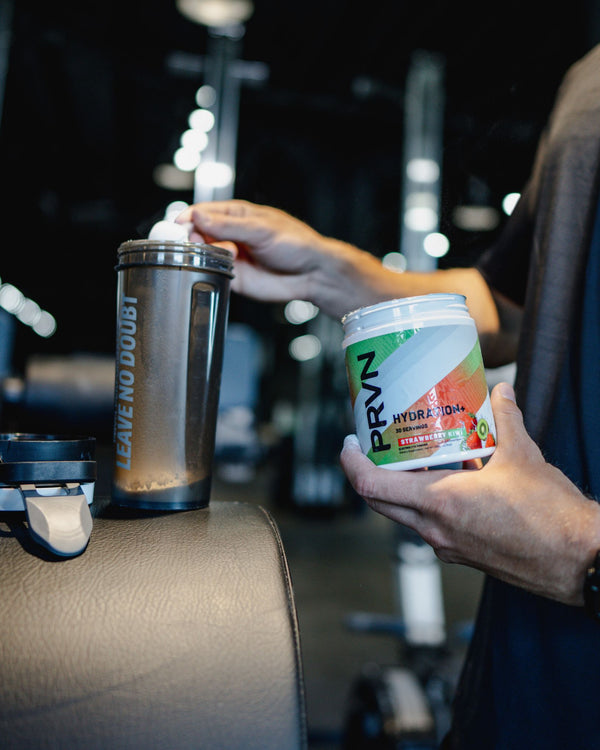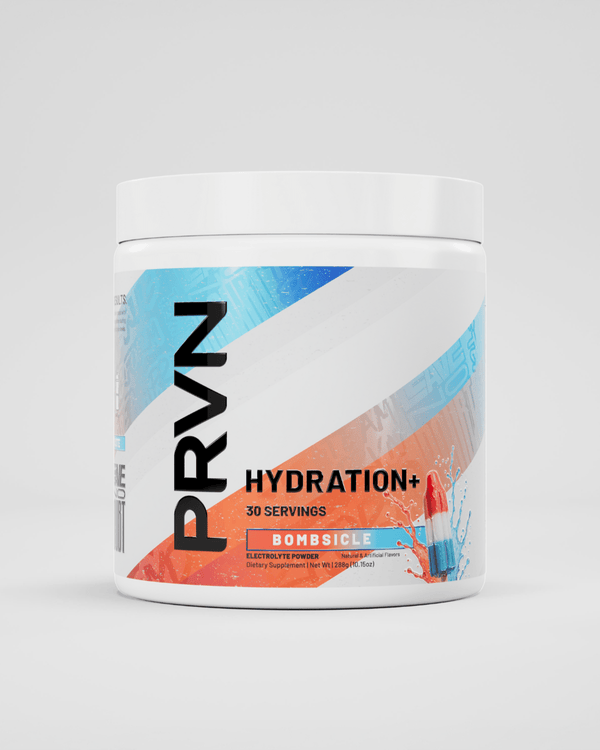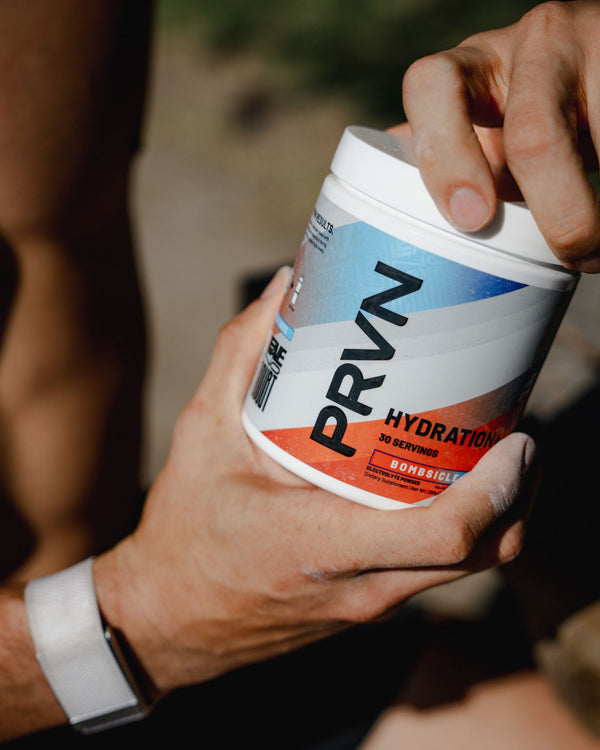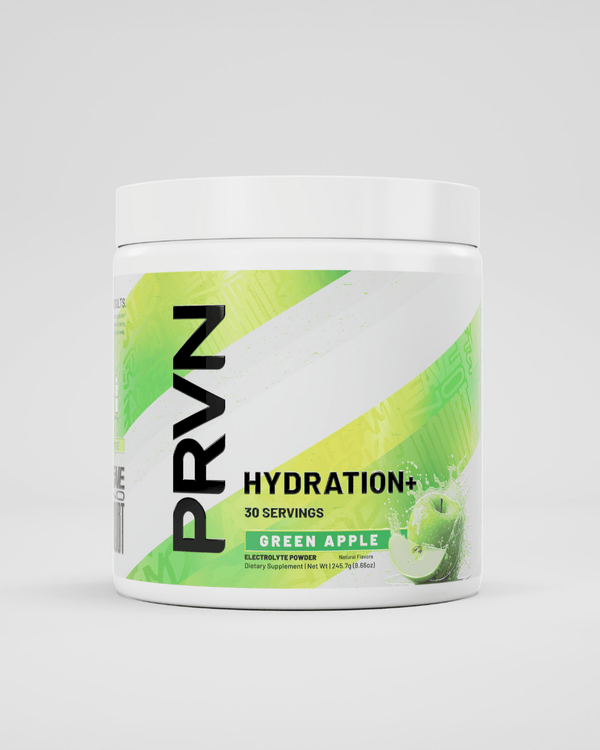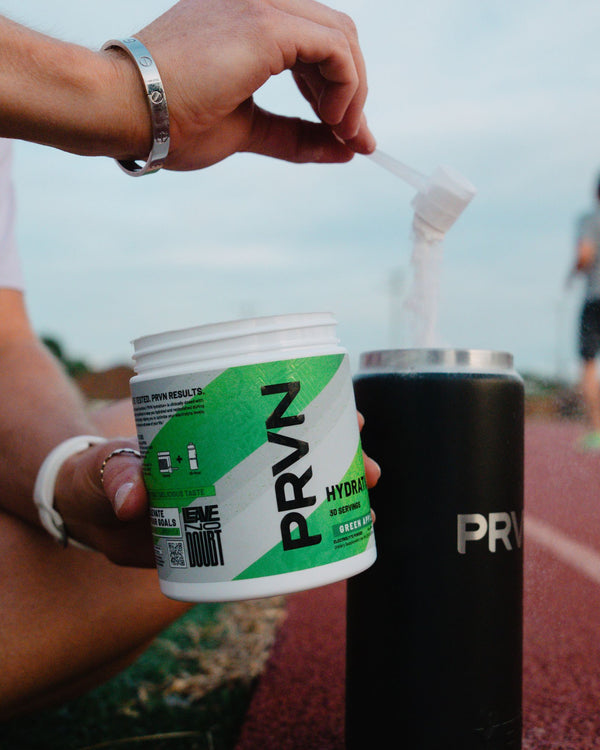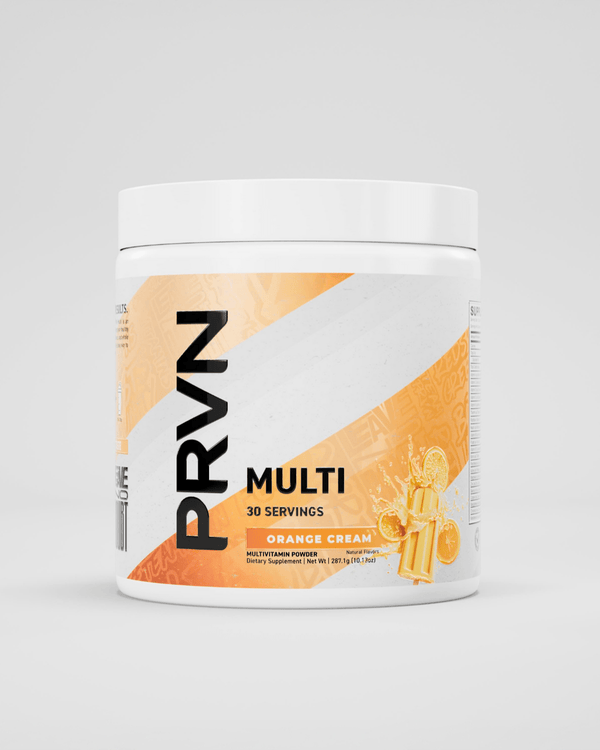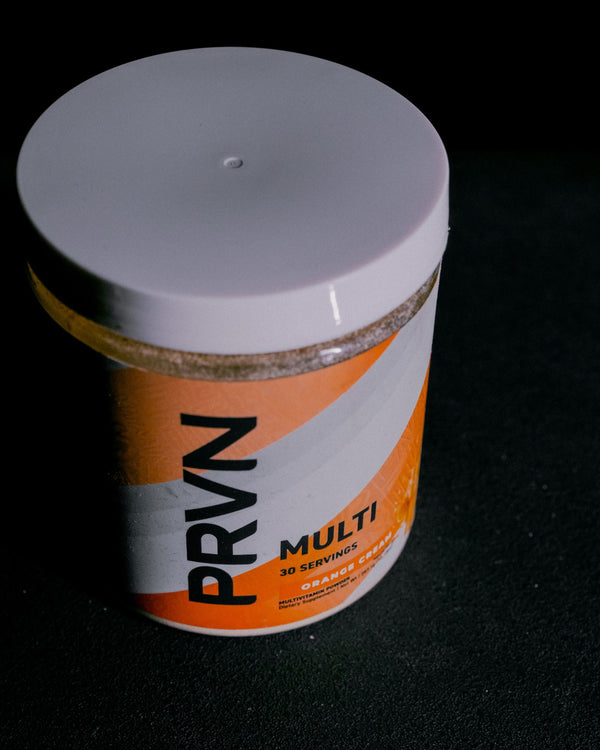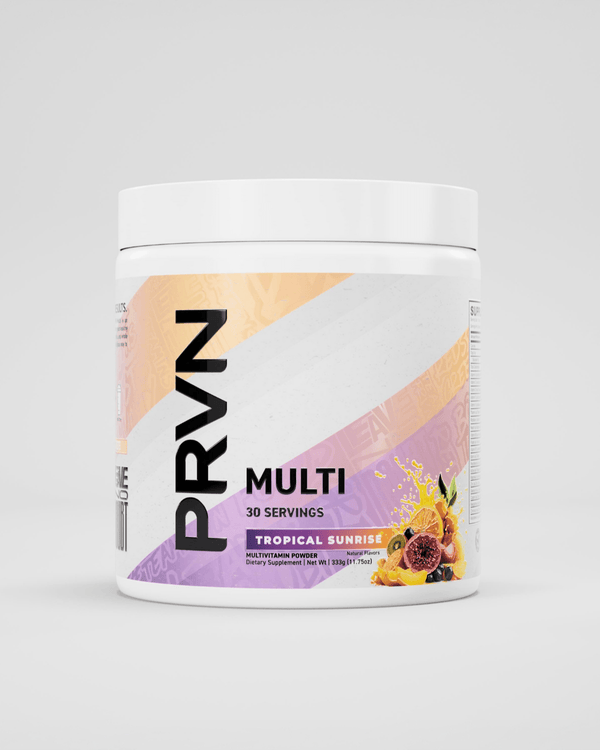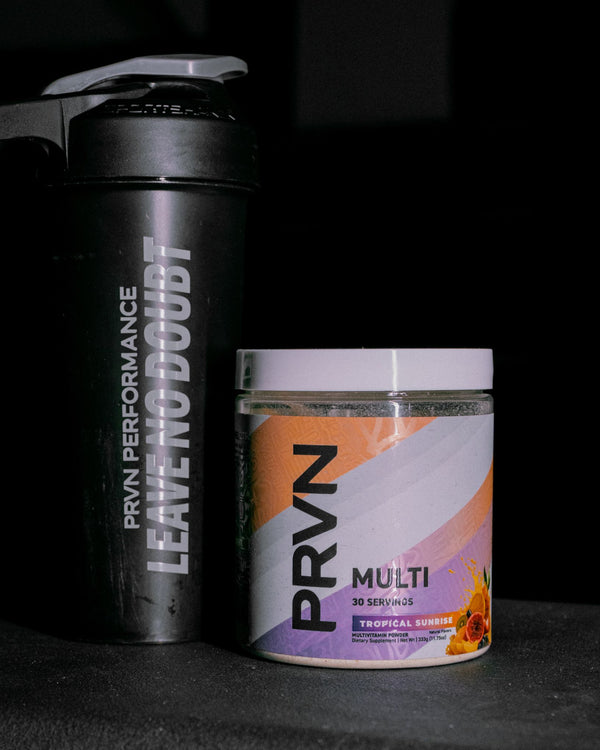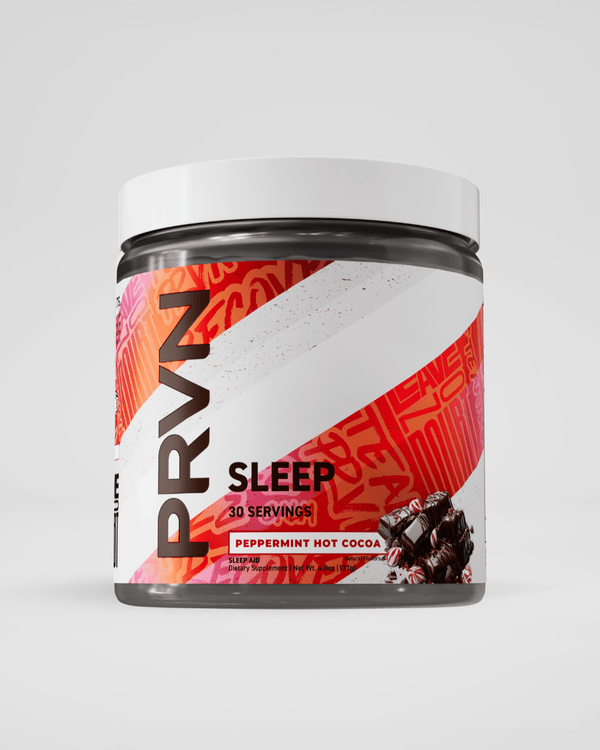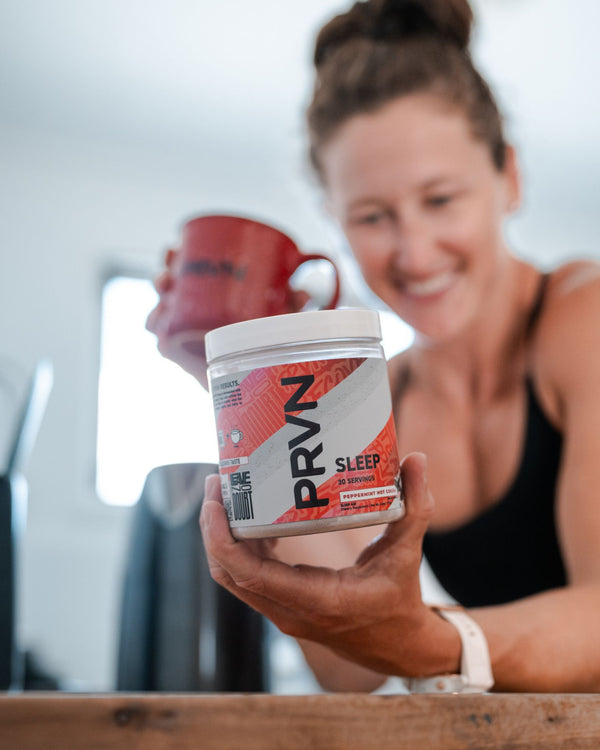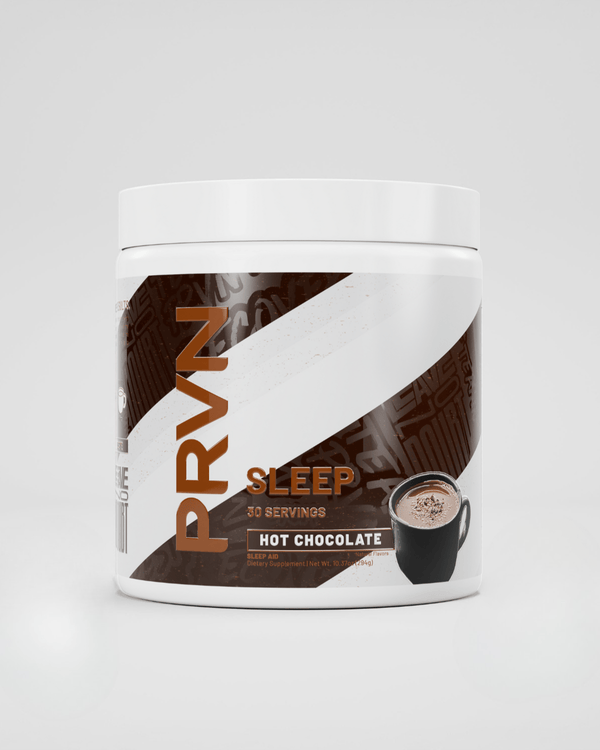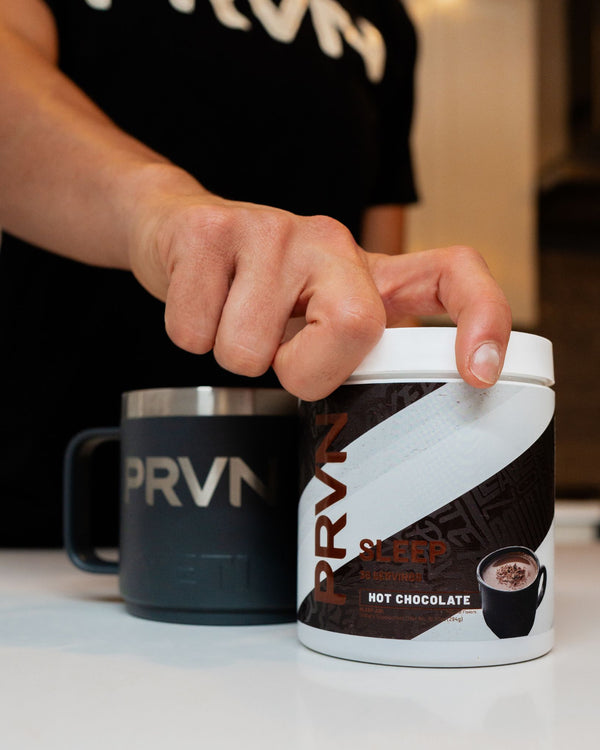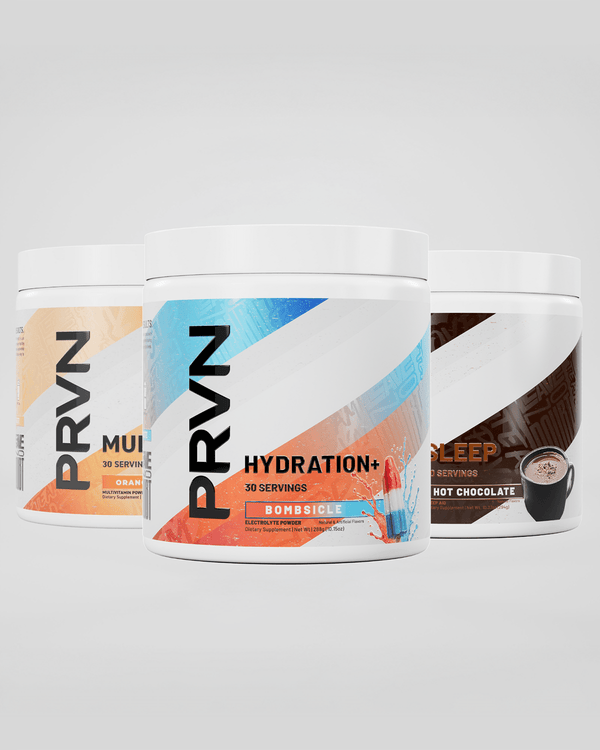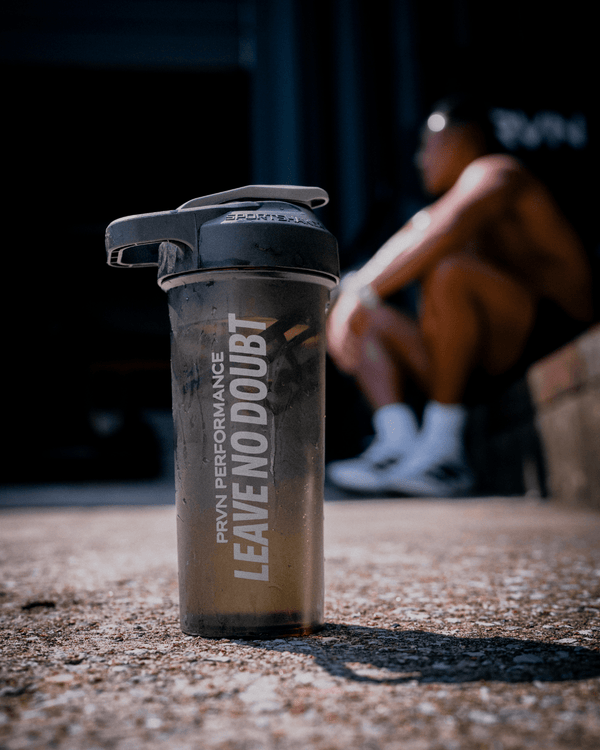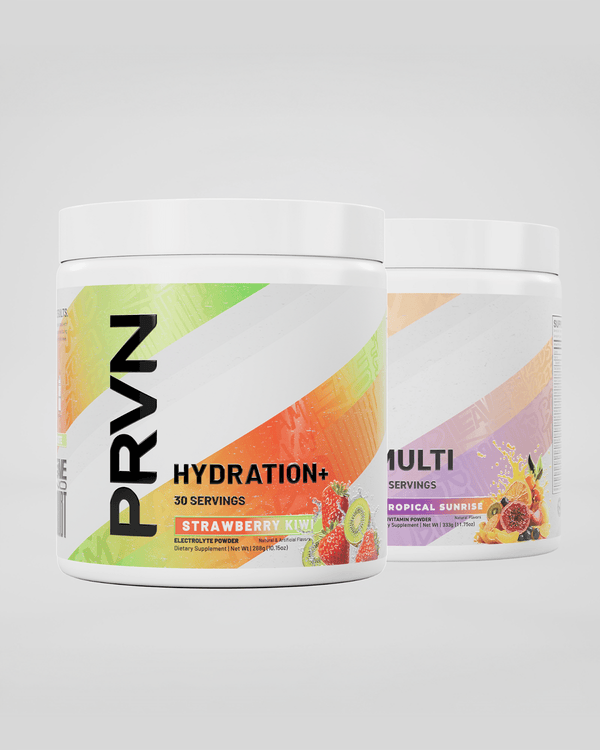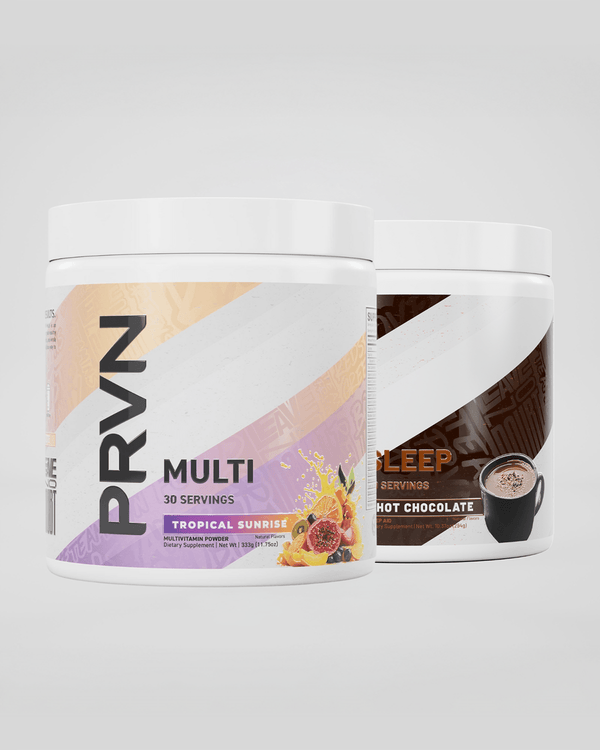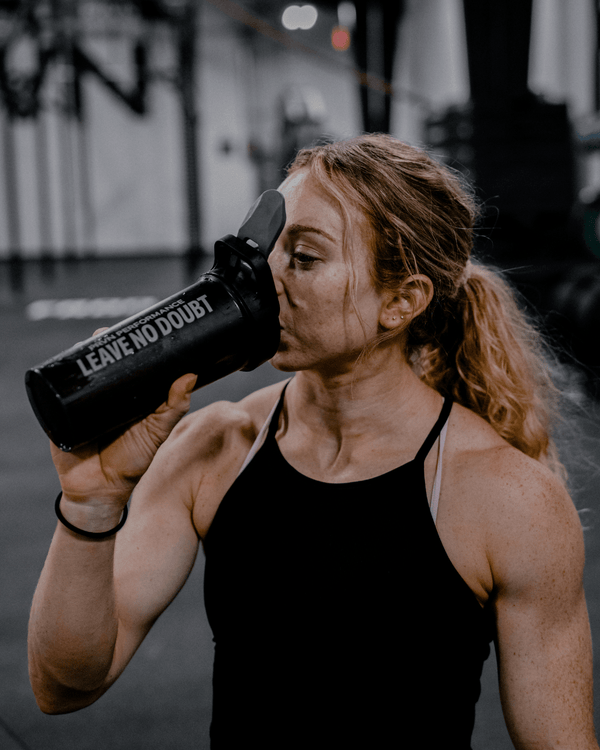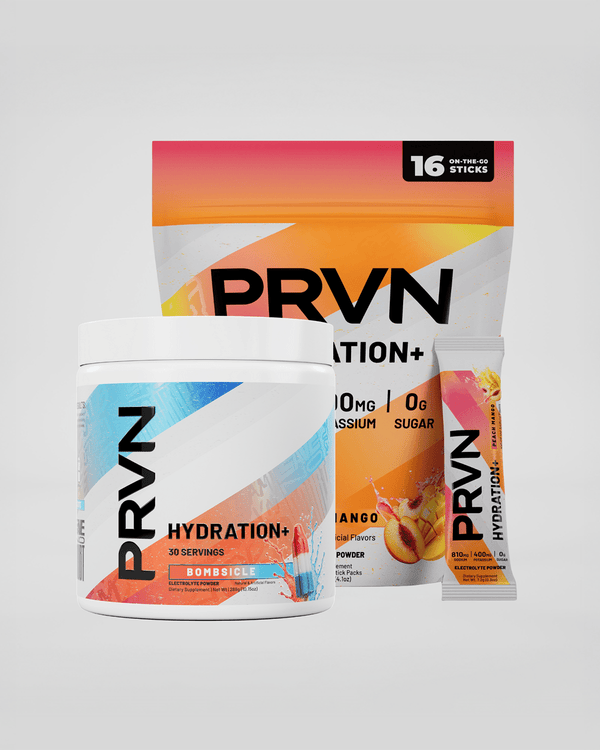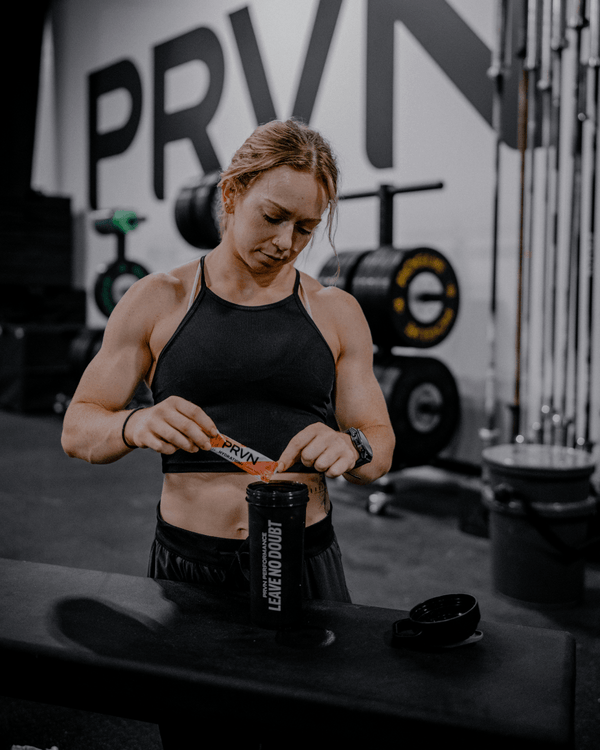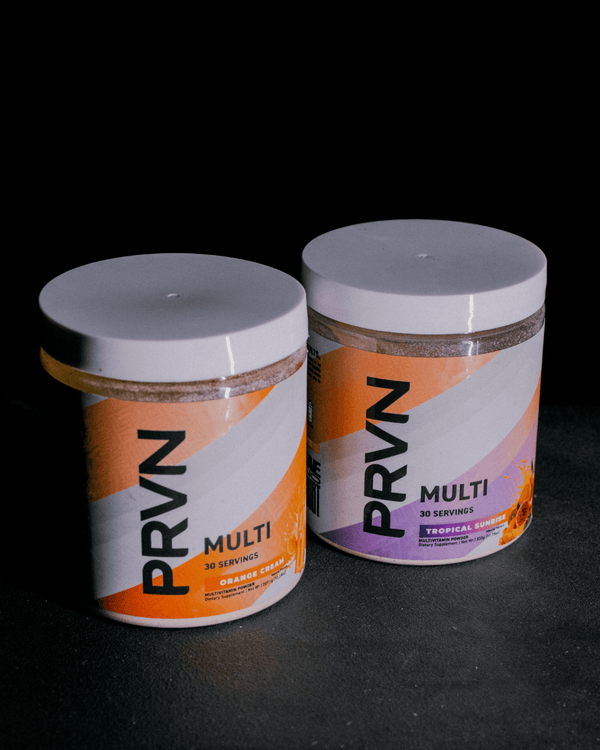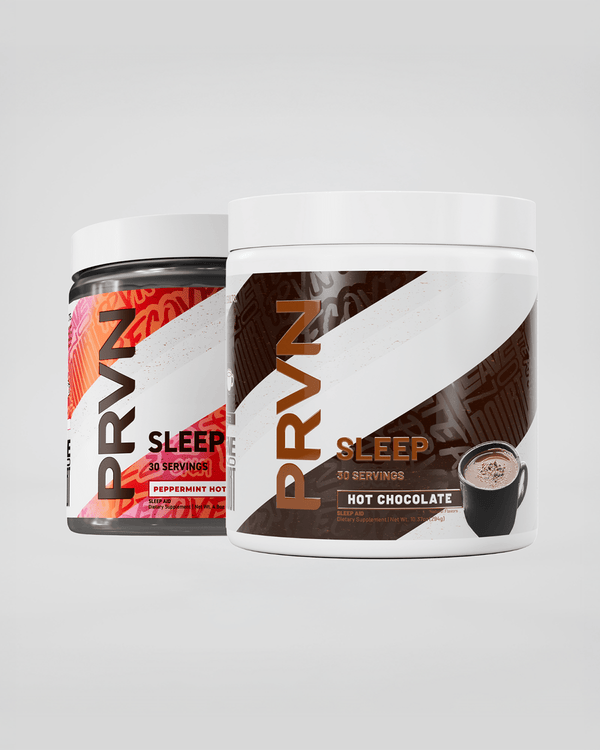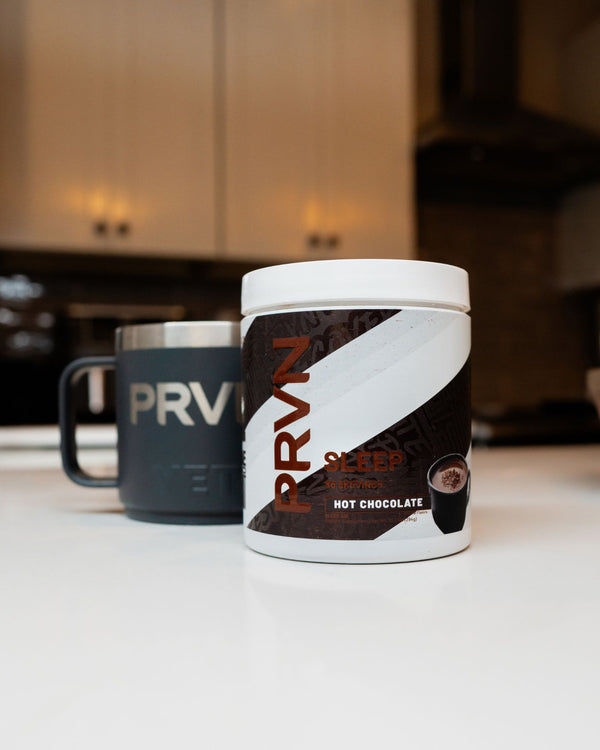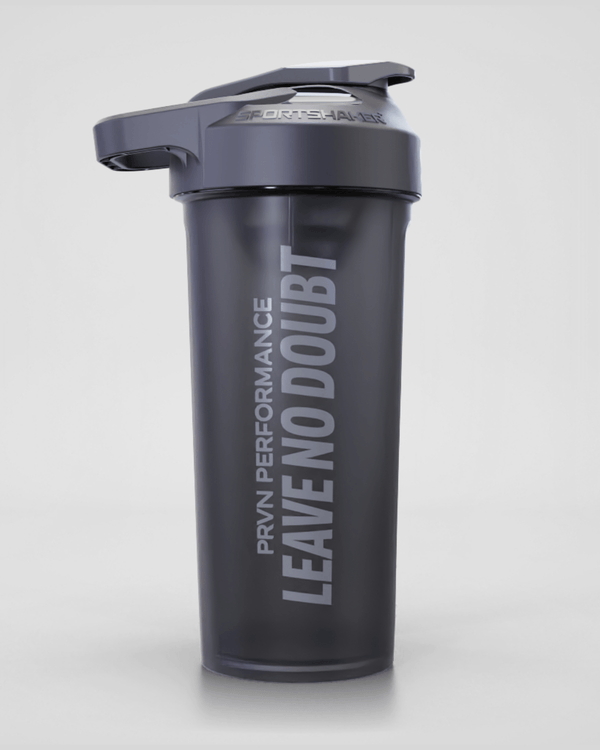The Open gave us all a chance to see where we shine—and where we still have some work to do.
Maybe you felt unstoppable on the thrusters in 24.1, but high-volume gymnastics left you hanging. Or maybe your engine held strong, but barbell cycling under fatigue was a different story. No matter how the leaderboard shook out, this is your opportunity to turn those takeaways into focused progress.
That’s where SMART goals come in.
SMART stands for Specific, Measurable, Achievable, Relevant, and Time-Bound. These five elements help ensure your goals aren’t just wishful thinking—they’re a practical blueprint for improvement.
Step 1: Make Your Goal Specific
Vague goals like “get better at gymnastics” or “improve my engine” won’t provide a clear path forward. Instead, pinpoint the exact skill or movement you want to improve. For example, rather than saying “I want better gymnastics,” aim for something like “String together 5 unbroken toes-to-bar,” or “Improve my double-unders by eliminating unnecessary jumps.” The more specific, the more actionable.
Step 2: Ensure It’s Measurable
You need a way to track progress. Numbers, times, and reps give you a benchmark to improve upon. If your goal is to get stronger at pull-ups, a measurable version might be: “Increase from 3 strict pull-ups to 10.” This kind of goal allows you to clearly track where you’re starting and how far you’ve come.
Step 3: Keep It Achievable
It’s important to set goals that challenge you, but they also need to be realistic. If you’ve never done a ring muscle-up before, expecting to hit a set of 10 in a month probably isn’t attainable. Instead, focus on foundational progressions, like “Achieve my first ring muscle-up by working on strict strength and transition drills three times per week.”
Step 4: Make It Relevant
Choose goals that align with your training priorities and reflect what you want to improve before next season’s Open. If you struggled with barbell cycling, then improving your stamina and efficiency under fatigue is a relevant and worthwhile goal. Make sure your goal supports the bigger picture of your fitness journey.
Step 5: Set a Time Frame
Without a deadline, goals tend to lose urgency. Give yourself a time frame that creates accountability and focus. Instead of saying “Get better at rowing,” try “Improve my 500-meter row time by 10 seconds in the next 8 weeks.” This sets a clear finish line and helps you structure your training accordingly.
Example SMART Goal
Specific: Improve double-unders
Measurable: Go from 10 unbroken to 50 unbroken
Achievable: Increase by 10 reps every two weeks
Relevant: Double-unders are common in Open workouts
Time-Bound: Achieve this within 12 weeks
Step 6: Take Action
Once your SMART goal is set, it’s time to put in the work. Consistency is key, so carve out regular training sessions focused on your goal. Stay patient and track your progress along the way. If you need help designing a plan, don’t hesitate to ask your coach—they’re here to support you.
The Open showed us where we are. SMART goals show us where we’re going. Take what you learned, get intentional, and keep building.
Join the fastest growing fitness community today! Download the app & get started.

